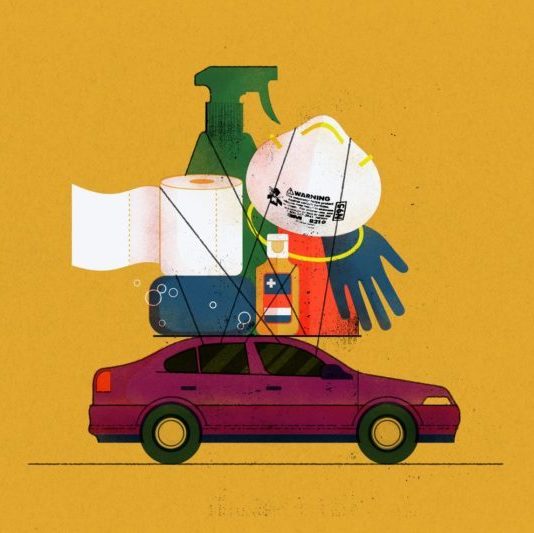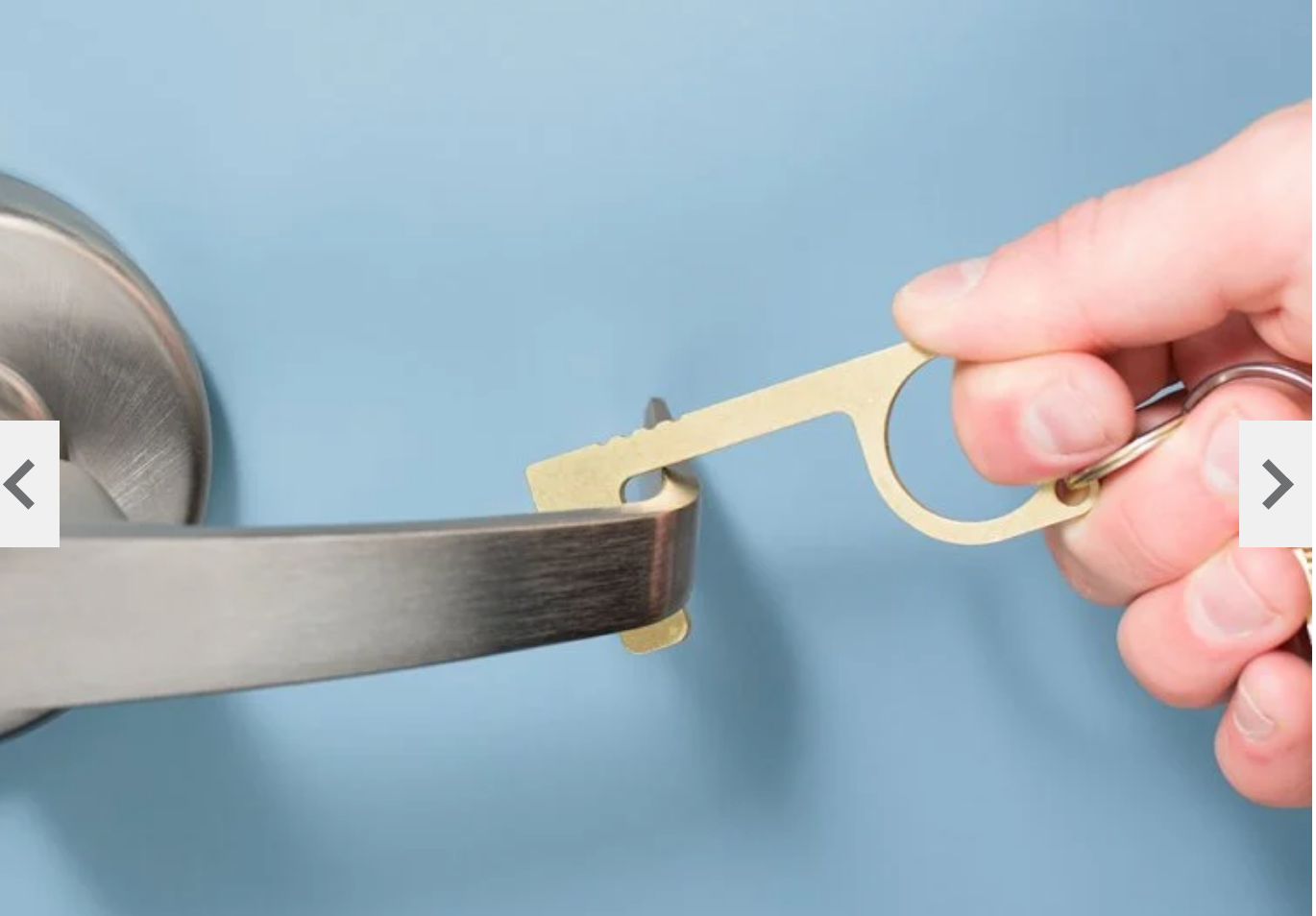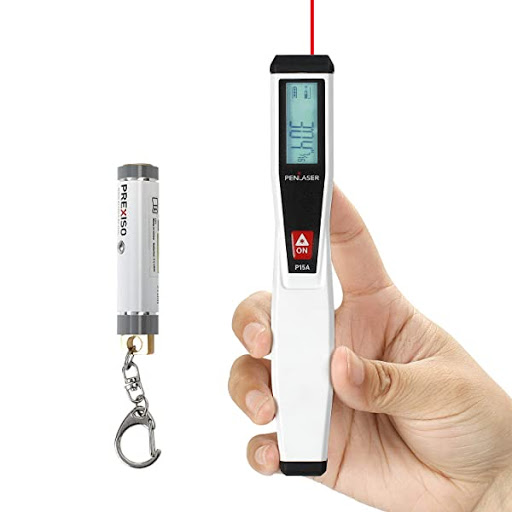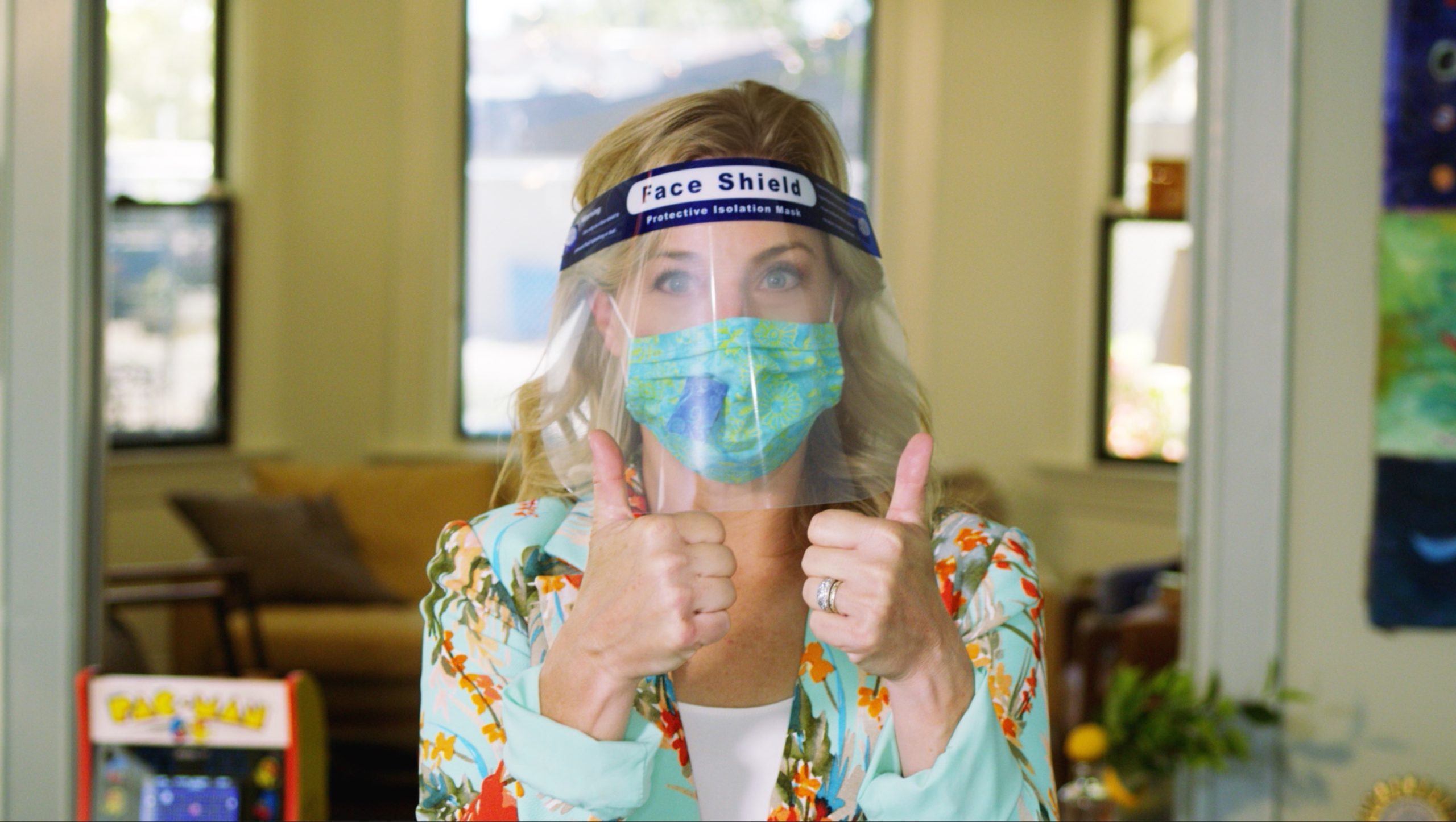
After four months of staring at the same four walls — walls you have scrubbed, painted, and the kids are climbing — literally(!) — you’re ready for a change of scenery. You and everyone else too.
Arrivalist’s Daily Travel Index shows nearly 40-million Americans plan to hit the road this Fourth of July weekend. Even though air travel is on a steady climb back up in recent weeks, MMGY Global’s Travel Safety Barometer also predicts road trips and RV travel to National Parks and “less crowded destinations” will dominate summer, while AAA shows Independence Day as the biggest road trip event of 2020 so far.
If you’re feeling the need to be anywhere but home this summer — remember we’re still in the middle of a pandemic — be sure to take some precautions so you don’t regret your choices from a hospital bed later. Here are some apps, gadgets, and tips to help you travel as safely as possible.
BYO-Everything
Hotels, public bathrooms, Airbnb’s? These are all ramping up their cleanliness and safety protocols. But they are the very same places other people — whose habits you know nothing about — also plan to stay. “You may want to bring disposable gloves and disinfecting wipes to clean your travel lodgings,” suggests Dr. Stephanie Kreml, a physician and advisor to telemedicine platform Medici. Or level up with the super portable CleanPod UVC Sterilizer ($90). UV sterilizers shoot a high-energy beam of ultraviolet C light at objects to kill germs that might be on the surface. It’s effective on surfaces — even phones, steering wheels, and other things that are hard to wash — but it’s not safe to use on your skin!
Also, the Covid-19 virus can live on hard surfaces like door handles for up to five days. For that, there’s a little alloy keychain tool — like this Hengbang no-touch door opener,” (five for $20) — to help open doors, push elevator buttons, and turn on faucets.

If you want to pack your own restroom no judgment here — the TravelJohn ($16) is a device that lets you pee discreetly anywhere and toss it in the trash. (It turns urine into a harmless, odorless solid.)
If you take your road trip in a camper or RV, you can rest a little easier. Deep clean it once at the beginning of your trip, wipe it down along the way, and use it to keep your distance from crowds the entire journey. Dr. Jeanne Noble, director of COVID response for the UCSF Emergency Department says to treat your vehicle like your own personal indoor space and sanitize high-touch surfaces often.
“The most important thing,” UCSF’s Noble told the San Francisco Chronicle recently, is not to expose yourself to a large number of other people, especially if you get within a few feet of them and not everyone is wearing face masks,” she added. “COVID-19 disease and infection spreads in close proximity to other people. If you’re freely standing in a group of people for 20 to 30 minutes, that’s where you get sick if someone happens to have it. Meals in the park, going car camping, backpacking, enjoying the outdoors, and getting in tune with nature … reduces the risk.”
You could tow the adorable Airstream Bambi behind your car and have the road trip of everyone’s dreams. It’s gorgeous, super functional, and small enough to pull with a car. Prices start in the … gulp … $50K range though, so a more affordable option is to rent an Airstream, RV, camper, or trailer through Outdoorsy.com. This site lets people list the RV that mostly sits in their driveway for rent. You search by location to find an available one near you. Rates are usually on par with a hotel room. Even cheaper? Rent a bigger car from Turo, a site that lets your rent cars directly from their owners, and put an air mattress designed for cars in the back.

Know Before You Go
Before you book a room or plan a meal in a restaurant, check with TripAdvisor’s new Safe Travel Tool, which details the precautions establishments take to stop the spread of infection and their policies around seating, safe distance, cleaning protocols, and masks. The last thing you want to do is accidentally walk into a public place that’s crowded and failing to step up the safety measures. Even if you aren’t going far from home, this tool lets you know what things will look like — in terms of COVID-19 safety — at stores and restaurants you’re thinking of visiting.
COVID rules vary by state, town, and sometimes even by district. And these rules change daily. Google Maps launched a slew of mapping features that help you stay up to date on all of this important data. It alerts you to COVID checkpoints in your path, border restrictions, route delays caused by COVID, mask restrictions, and testing facilities — and their guidelines — near you or along your route. In addition, be sure to download the HealthMap app, which tells you if there are outbreaks near where you are so you know to stay in the car and keep on driving to someplace safer.
The best way to stay clear of all of this — and the virus itself — is to keep your distance. You might want to pack a laser measuring tape ($18) so you can quickly shoot a beam of light to tell you how far away you are from the person next to you — or to make a point to that close talker who didn’t get the memo on social distancing that they need to back up.

Pack Your Own Food
What’s a road trip without a cooler? I’m a fan of Corkcicle’s cooler bags(starting around $40) because they double as hip-looking backpacks, totes, and duffles.
But for serious performance and to have a place to make food and eat (think table-top) on the go, I haven’t found anything better than the super-insulated Yeti Tundra 45 ($300). It keeps ice frozen and food cold for days. Or, if you plan to stay close to the car, the Igloo Iceless ($92) plugs into the lighter and keeps things cold the whole distance. While you’re at it, why not pack along a tool to help you turn leftovers, ingredients, and farm stand finds into a meal while you drive? This in-car slow cooker ($35) can chug away at dinner while you are flying down Route 66.

Prepare for a Contagious Public
One of the biggest must-pack items this summer are masks. I’ve tested and reviewed dozens of masks, with varying levels of protection, from the basic cloth buff to an actual N95 surgical mask that healthcare professionals wear. Since it’s still best to reserve the N95’s for medical and frontline workers, the mask I settled on for a recent work-related flight from Oakland to Chicago and back in one day, is a double-layer cloth DIY mask that my mom made, with elastic that goes behind my ears. After about three hours, my ears and head started to ache a bit from the pressure of the elastic. When that happened, I switched over to a different DIY cloth option with ties versus elastic.

